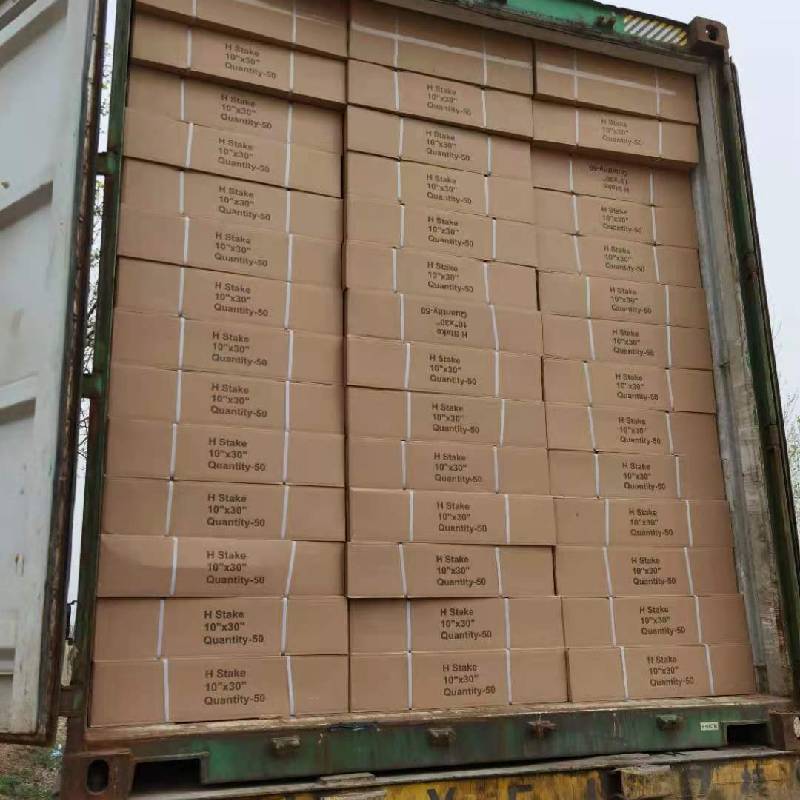
- Mobile Phone
- +8613931874955
- sales@cntcmetal.com
cavity wall tie
Understanding Cavity Wall Ties Importance and Functionality
In modern construction, particularly in the UK and other countries with similar climatic conditions, cavity wall construction has become a prevalent method for achieving energy efficiency and structural integrity. An essential component of this construction technique is the cavity wall tie. These ties play a crucial role in maintaining the stability and overall safety of cavity walls, and understanding their functions and types is vital for both builders and homeowners.
What is a Cavity Wall?
A cavity wall consists of two layers of masonry, separated by a space or cavity. This design serves multiple purposes, including reducing heat loss, preventing moisture penetration, and improving sound insulation. The outer wall typically absorbs most of the external elements while the inner wall acts as a barrier to internal conditions, ensuring the overall thermal efficiency of buildings.
Role of Cavity Wall Ties
Cavity wall ties are metallic or plastic components that connect the two layers of a cavity wall. Their primary function is to keep the two walls stable and secure, preventing them from separating or bowing under external pressures such as wind or seismic activity. The ties help transfer loads from the outer leaf to the inner leaf, maintaining the structural integrity of the wall system.
In addition to structural support, cavity wall ties also aid in moisture management
. They can be strategically placed to allow for drainage within the cavity, thus preventing water accumulation which can lead to damp issues or mold growth.Types of Cavity Wall Ties
Cavity wall ties come in various materials and designs, each suited for different applications. Common materials include stainless steel, which offers durability and resistance to corrosion; and plastic ties, which provide insulation benefits. Some popular types include
cavity wall tie

1. Stainless Steel Ties These are commonly used for their strength and resistance to rust. They are ideal for areas exposed to moisture.
2. Galvanized Steel Ties Coated with a layer of zinc to prevent corrosion, these ties are cost-effective and suitable for dry areas.
3. Plastic Ties Lightweight and non-corrosive, plastic ties can also contribute to thermal efficiency, making them suitable for specific insulation projects.
4. Composite Ties These ties are made from a combination of materials, offering the benefits of both plastic and metal, including thermal efficiency and structural support.
Installation and Maintenance
Correct installation of cavity wall ties is critical to their effectiveness. They must be spaced correctly according to building regulations and the guidelines provided by manufacturers. Typically, ties are installed in a staggered pattern to ensure even load distribution.
Maintenance of cavity wall ties usually involves periodic inspections, especially in older buildings. Over time, ties can corrode or become ineffective due to environmental factors. Regular checks can help identify issues like moisture ingress or deterioration, allowing for timely repairs or replacements.
Conclusion
Cavity wall ties are an indispensable aspect of modern cavity wall construction. They provide stability, support, and moisture management, contributing significantly to the overall resilience of buildings. Understanding their role and the variety of options available can help builders and property owners make informed decisions about construction techniques and maintenance practices. As building codes evolve and new materials are introduced, staying updated on the developments in cavity wall ties will be essential for ensuring the safety and energy efficiency of structures.
share:
-
Why Sacrificial Formwork Is Redefining Underground ConstructionNewsJun.06,2025
-
The Structural Dynamics of Modern Concrete: How Snake Spacers Revolutionize Flexible ReinforcementNewsJun.06,2025
-
Snake Spacers Smart-Lock Concrete Reinforcement with Surgical PrecisionNewsJun.06,2025
-
Snake Spacers: Reinforcement Precision for Modern Concrete ProjectsNewsJun.06,2025
-
Snake Spacers Powering Concrete's Structural DNANewsJun.06,2025
-
Slither into Success: Snake Spacers' Precision Bite for Unbreakable ReinforcementNewsJun.06,2025
-
Sacrificial Formwork: Building Stronger, Faster, and Safer StructuresNewsJun.06,2025



















